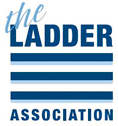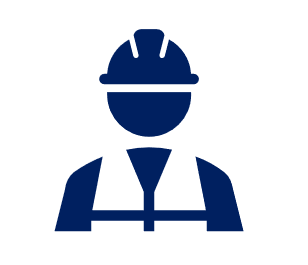Title Page
-
Conducted on
-
Prepared by
- Dave
- Mike
- Chris
- Keith
- Henry
-
Location
-
Job description
-
Ladder Type
- Step ladder
- Aircraft ladder
- Hop up platform
-
Ladder Material
-
Stiles – make sure they are not bent or damaged, as the ladder could buckle or collapse
-
Feet – if they are missing, worn or damaged the ladder could slip. Also check the ladder feet when moving from soft/dirty ground (eg dug soil, loose sand/stone, a dirty workshop) to a smooth, solid surface (eg paving slabs), to make sure the actual feet and not the dirt (eg soil, chippings or embedded stones) are making contact with the ground;
-
Labels: missing or not readable
-
Stepladder platform – if it is split or buckled, the ladder could become unstable or collaps
-
Locking mechanism – does the mechanism work properly? Are components or fixings bent, worn or damaged? If so, the ladder could collapse. Ensure any locking bars are fully engaged
-
Steps or treads on stepladders – if they are contaminated, they could be slippery; if the fixings are loose on the steps, they could collaps
-
Condition: Rust or corrosion
-
Other Parts Damaged: Bracing Bars, Shoes, Rivets or hinges
-
Any other problems
Worked completed by
-
sign here when inspection is complete















